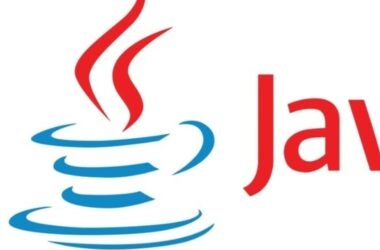This is a question and we want to know how to add modularity to an application built under ASP.NET Core. Usually, there must be different ways to create a modular system, and if you know one or more of these ways, please share it with us and other users in the comments section.
We first explain the concept of a module, then teach how to create a module in a project built using the CodeBehind framework.
Note: Any project built with the CodeBehind framework is a modular system in itself.
The most important issue in a back-end framework is how to create modules; This should be a priority for back-end framework developers.
What is the concept of the module according to the Elanat team?
Any interpreted programming language used on the server side is itself modular. That is, it is enough to copy executable files (py, php, rb, etc.) and other files (css, js, image, etc.) to the current project; A set of executable files and other related files are a module.
In compiled programming languages or compiled frameworks such as C++, Java and .NET, creating a modular system is complex. Back-end framework developers should provide solutions for creating a modular system for web-based system developers.
How does the modular structure of the CodeBehind framework work?
You can understand this theoretically by referring to the link below.
But let us show this matter in a practical way with an example.
Steps to create the main project
Step 1: First, in Visual Studio, we create a new empty project under ASP.NET Core version 7.0.
Step 2: We install the latest version of CodeBehind framework through NuGet packages.
Step 3: Configure the Program.cs class as follows.
using CodeBehind;
using SetCodeBehind;
var builder = WebApplication.CreateBuilder(args);
var app = builder.Build();
CodeBehindCompiler.Initialization();
app.Run(async context =>
{
CodeBehindExecute execute = new CodeBehindExecute();
await context.Response.WriteAsync(execute.Run(context));
});
app.Run();
Step 4: Run the project to add the default pages.
When you run a project configured under CodeBehind for the first time, default execution pages will be built into it. The image below is a screenshot of the main page.
Step 5: Open the layout.aspx file in the wwwroot path for editing and set the about page link as below.
href="https://dev.to/about/">About Steps to create a module project
Step 1: First, in Visual Studio, we create a new empty project under ASP.NET Core version 7.0.
Step 2: We install the latest version of CodeBehind framework through NuGet packages.
Step 3: Configure the Program.cs class as follows.
var builder = WebApplication.CreateBuilder(args);
var app = builder.Build();
app.Run();
Step 4: Create a Default.aspx file in wwwroot/about path and add the following values to it.
@page
@layout "https://dev.to/layout.aspx"
@controller ModuleProject.AboutController
An "About Us" page is a section on a website that provides information about a company, organization, or individual. It is an opportunity to tell the brand’s story, share its vision, history, values, and achievements, and introduce team members. The primary purpose of an About Us page is to inform the reader about the company and its operations, and it is also used to build trust and credibility with customers. This page is where site users go to learn more about the site they’re on, and it is helpful to define the audience for whom the page is being written, such as first-time visitors and regular users.
Step 5: We add a new controller class with the following values in the project.
using CodeBehind;
namespace ModuleProject
{
public partial class AboutController : CodeBehindController
{
public void PageLoad(HttpContext context)
{
ViewData.Add("title", "About page");
}
}
}
Step 6: We publish the project.
Steps to add the module project to the main project
Step 1: Copy the Default.aspx file from the module project to wwwroot/about in the main project.
Step 2: We copy the dll file of the module project to wwwroot/bin path in the main project.
Step 3: We run the main project and click on the about link.
The image below is a screenshot of the About page.
As you can see, we introduced the modular structure of the powerful CodeBehind framework in practice.
If you have any information about creating a modular project in the default ASP.NET Core structure, please share it with us and other users.
Related links







